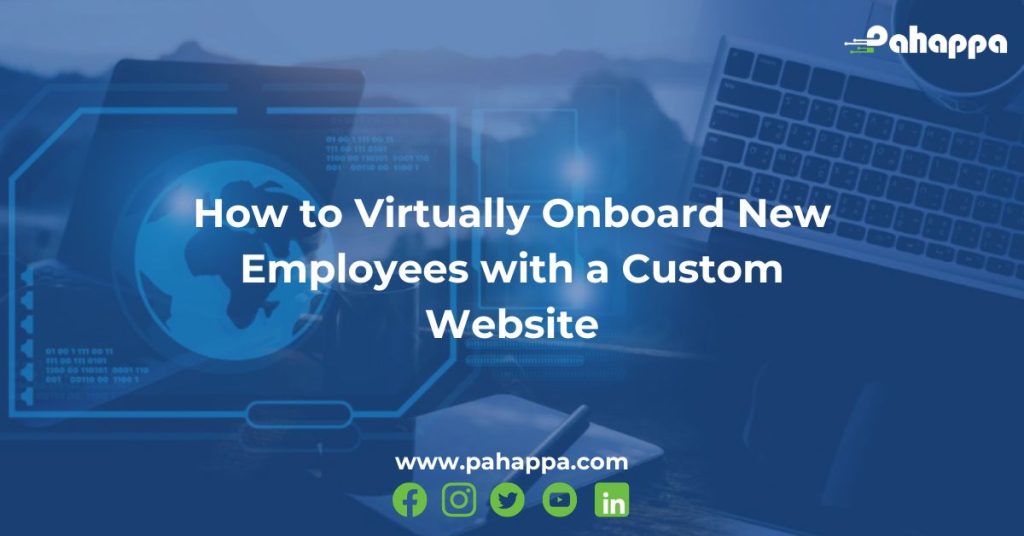In today’s interconnected world, small and medium-sized enterprises (SMEs) face both exhilarating opportunities and formidable challenges when it comes to expanding their reach and engaging with new customers. Amidst this fast-paced digital era, the key to unlocking the global market lies in harnessing the immense power of a well-crafted website. A website has transformed from a mere online presence into a dynamic gateway that enables SMEs to transcend geographical limitations, connect with diverse audiences, and seize untapped markets. In this article, we explore the role a website plays in helping SMEs reach new customers, and establish themselves as formidable contenders in the global marketplace.
Ways how a Website Can Help SMEs Reach New Customers
- Provide 24/7 access to information
Your website can provide potential customers with 24/7 access to information about your business, products, and services. This can be especially helpful for businesses operating outside of traditional business hours or with customers in different time zones.
- Build trust and credibility
A well-designed and informative website can help build trust and credibility with potential customers. When potential customers learn more about your business and see that you are a reputable and reliable company, they are likelier to do business with you.
- Promote your business online
You can use your website to promote your business online through a variety of channels, such as search engine optimization (SEO), pay-per-click (PPC) advertising, and social media marketing. Promoting your business online can reach a wider audience and generate more leads and sales.
- Increase brand awareness
A website can help increase brand awareness by making your business more visible online. When potential customers see your website, they will be exposed to your brand and learn more about what you do. This can help you build a stronger brand and attract more customers.
- Generate leads
A website can be a powerful lead-generation tool. By providing clear and concise information about your products or services, you can encourage visitors to contact you to learn more. You can also use your website to collect contact information from visitors, such as their email addresses so that you can stay in touch with them and nurture them into customers.
- Drive sales
A website can be a powerful sales tool. By making it easy for visitors to purchase your products or services, you can increase sales and boost your bottom line. You can also use your website to offer discounts and promotions, which can help you attract new customers and encourage existing customers to buy more.
- Expanded Geographical Reach
Unlike physical stores with limited reach, a website empowers SMEs to transcend geographical barriers. It allows you to extend your customer base beyond local markets, reaching potential customers in different cities, states, or even countries. This opens up new opportunities for growth and revenue expansion.
- Targeted Marketing
Websites enable SMEs to implement targeted marketing strategies tailored to specific customer segments. Businesses can gather valuable insights to refine their marketing efforts and deliver personalized content and promotions by analyzing website analytics and user behavior. This level of customization helps attract and engage new customers who resonate with your offerings.
Tips for creating a website that helps SMEs reach new customers
- Make sure your website is mobile-friendly
More and more people are using their smartphones and tablets to access the internet, so it’s important to make sure your website is mobile-friendly. This means that your website should be designed to be easy to use on a small screen. You can use a website builder that offers a mobile-friendly design or hire a web designer to create a mobile-friendly website for you. Once your website is mobile-friendly, you can test it by using a mobile device to visit your website.
- Optimize your website for search engines
Search engine optimization (SEO) can help your website rank higher in search engine results pages (SERPs), which will make it easier for potential customers to find you.
There are a number of things you can do to improve your website’s SEO, such as:
- Using relevant keywords and phrases throughout your website content
- Creating backlinks to your website from other websites
- Submitting your website to search engines
You can use a free SEO tool to help you optimize your website for search engines.
- Keep your website up-to-date
Your website should be a living, breathing document that is constantly being updated with new content. This will help keep your website fresh and interesting for visitors and make it more likely that they will return to your website in the future. You can update your website with new blog posts, product information, and news about your business. You can also use your website to promote special offers and events.
- Use high-quality images and videos
High-quality images and videos can help make your website more visually appealing and engaging. They can also help you tell your SME’s story and showcase your products or services. When choosing images and videos for your website, make sure they are high-resolution and relevant to your business. You can also use images and videos to break up your text and make your website more visually appealing.
- Write clear and concise content
Your website’s content should be clear and concise. This will make it easier for visitors to understand what your business does and how you can help them.
When writing content for your website, use simple language and avoid jargon. You should also make sure your content is well-organized and easy to read.
- Use calls to action
Your website should include calls to action, such as “Contact Us” or “Sign Up for Our Newsletter.” This will make it easier for visitors to get in touch with you or learn more about your business. You can place calls to action throughout your website, such as in your header, footer, and blog posts.
- Promote your website.
Once your website is up and running, you need to promote it so that people can find it. You can promote your website through a variety of channels, such as:
- Social media
- Email marketing
- Pay-per-click advertising
- You can also promote your website by submitting it to directories and search engines.
Ready to take your SME to new heights and reach a wider audience? Don’t miss out on the incredible opportunities a well-crafted website can offer. Our team is here to help you get started on your website project. Contact us today and let us empower your SME to thrive in the digital realm. Together, we can unlock the immense potential of your business and expand your reach to connect with customers around the globe.











